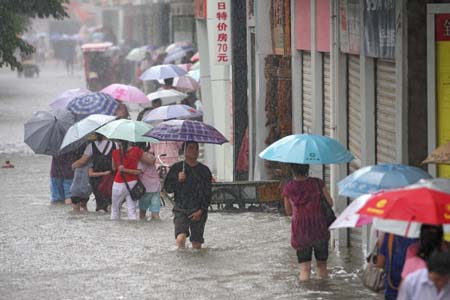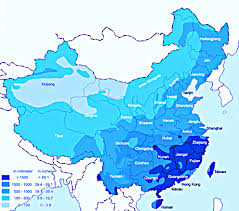China bets on ‘sponge cities’ to cope with flooding and drought

by Coco Liu, E&E Asia correspondent
 Chinese cities are suffering from floods more often than most. A quick Google search can lead to striking images of floating cars on the streets in big cities such as Beijing and Shanghai.
Chinese cities are suffering from floods more often than most. A quick Google search can lead to striking images of floating cars on the streets in big cities such as Beijing and Shanghai.
Experts say that climate change has played a role in the increase of urban flooding, producing more rainfall during shorter periods. Besides that, rapid urbanization has outpaced stormwater removal.
Although China’s drainage networks extended to reach 288,838 miles as of 2013 — 20 times longer than that of 1981 — it still can’t catch up with the fast expansion of Chinese cities.
At the same time, many cities in China face a serious water shortage. Of 657 cities assessed by the Ministry of Housing and Urban-Rural Development, about half are considered water scarce or severely water scarce, according to the standards of the United Nations, state-owned media Xinhua News Agency reported.
The need to confront both water shortages and urban flooding has created a huge headache for Chinese city planners. But it also has became an opportunity to introduce a new urban design.
Known as “sponge cities,” the new design aims to build up infrastructure to collect excess rainfall and integrate flood control in urban planning. As a result, cities will not only be able to deal with too much water, but also reuse rainwater to ease their thirst when there is not enough water.







